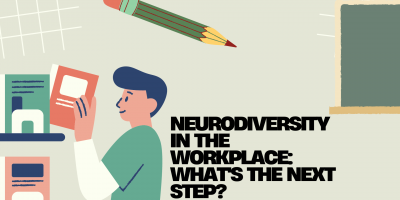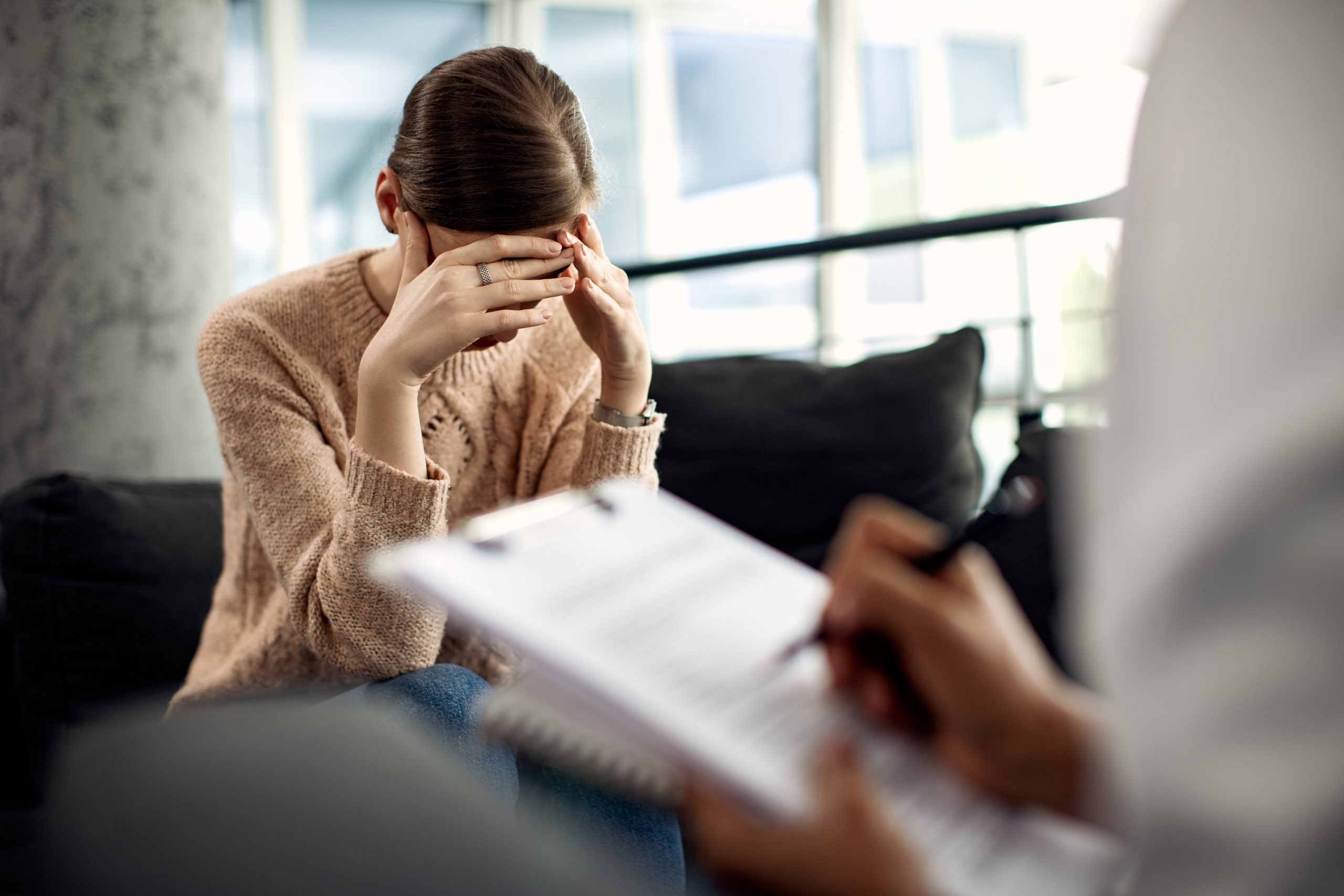
Neurodiversity in the Workplace: What’s the Next Step?
The conversation on neurodiversity in the workplace is expanding, but significant improvement has yet to be made. What’s the next strategic move for employers to drive progress?

According to the WHO, approximately one in four people worldwide will develop a mental illness at some point in their lives. That’s why Shortlister collected over 100 mental health statistics in one place:
(MHA, 2020)*
(MHA, 2020)


By analyzing the mental health statistics, we can see the nation’s mental health needs.
Although mental illness may be heritable, various factors contribute to developing a mental disorder. These factors need to be considered, so a healthcare professional can effectively diagnose and treat the mental illness.
* We’re using an archived version of the page as the source.
Browse our curated list of vendors to find the best solution for your needs.
Subscribe to our newsletter for the latest trends, expert tips, and workplace insights!

The conversation on neurodiversity in the workplace is expanding, but significant improvement has yet to be made. What’s the next strategic move for employers to drive progress?

Understand the significance of maintaining a healthy work-life balance for overall well-being and long-term professional success.

Dive into the distinctions between anxiety and depression, their impact on the workplace, and how employers can recognize and address them.

EAP use is on the rise, and rightfully so. As these programs find their way into the workplace, we explore their many benefits, the range of services available, and how employees can take full advantage of them.
Used by most of the top employee benefits consultants in the US, Shortlister is where you can find, research and select HR and benefits vendors for your clients.
Shortlister helps you reach your ideal prospects. Claim your free account to control your message and receive employer, consultant and health plan leads.